DOG TRAINING OFFERED IN-PERSON AND ONLINEOur dog training services are delivered in almost any format that meets your needs. We have GROUP CLASSES at our indoor and outdoor facilities on our farm, ONLINE LIVE STREAMING classes, and SELF-PACED VIDEO-BASED training through our Online Dog Training Course. Our PRIVATE TRAININGS can be done in-home, outside, in public dog-friendly locations, at our facility on our farm, online via phone or video conferencing and through email. |
If you are a die-hard dog walker, you have probably noticed that there are a limited number of us. As the weather turns colder, wetter, windier, or anything less than ideal, the number of people walking their dogs dwindles. We tend to see fewer people out with their dogs when the weather is not sunny and warm. Those activities might include walking in your neighborhood, hiking in the mountains, playing at the dog park or any other outdoor activities.
While many people do a disservice by not getting their dogs out more, despite some less than ideal weather, we do also need to be aware of when it's not safe to have a dog outside for extended periods of time. If you have a dog whose leash manners are not impeccable, you have probably experienced the pitfalls of walking your dog when the path is icy. It's very easy for someone – usually the human, but sometimes the dog – to get injured with a slip on the ice. So, certainly icy paths are a serious consideration when determining whether to head out for that walk or not.
Another consideration is precipitation. Rain isn't so bad if it's light rain. Heavy downpours are less fun to walk in. Light snow can actually make for a beautiful and peaceful walk – especially if there are fewer people out! But a blizzard with blinding snow and poor visibility can make for a less pleasant walk. And when you're being pelted with freezing rain or hail, well, if you've been caught in that before, you know you aren't eager to encounter it again. But what about from your dog's perspective? Does it bother your dog more or less than it bothers you? It's easy for us to bundle up in rain gear, snow gear, cold weather gear. . .
But what kind of protection does your dog have from the elements? What they might need will depend upon how hearty they are naturally. Some dogs love the cold and snow. Think northern breeds and those with heavy coats. Think of the dogs who prefer to sleep in the tile floor rather than the warm cozy dog bed because they get too hot. Those are the dogs who generally do better in the cold and sometimes wet weather. Then think of the dogs who follow the sunny spot around the house for napping. Think of the dog who wants to snuggle with you all the time to stay warm or likes being tucked under a blanket to keep warm. Those are the dogs less tolerant of the cold. Those are the dogs who probably need a coat and perhaps some boots when the weather gets really cold.
Again, what is needed will depend on the dog. Some dogs do great on winter walks with some good boots (after some acclimation!) and a warm coat to help protect from the wet snow or the biting wind. There is a wide variety of options out there to choose from, but knowing your dog will help to determine how much they need and when they will need it.
For example, most of my Greyhounds have gotten cold easily and always needed a winter coat for walking. For me, a good rule of thumb for them was if I needed to cover up body parts (head, neck, hands) to keep warm, then they needed something extra as well. Zuzu, the Greyhound mix, however, runs much hotter. Putting a coat on her at any time would be torture for her. She LOVES the cold and snow. She will lie in the snow bank and eat snow to cool off!
When it comes to protecting dog paws, again, it will depend in part on the dog. Zuzu, our Greyhound mix, never seems to have trouble with her feet on snow or ice. I never see her lift her feet from the cold. Romeo, our Vizsla, on the other hand, handles it well if the weather is cold but not overly so. However, the lower the temp drops, the more he struggles. When it's below freezing, we have to keep a close eye. If he starts lifting his feet because they are too cold, we either have to put boots on him or we have to keep the outings pretty short. But we always judge that based on what we see from him and adjust accordingly.
Though we are discussing cold weather primarily here, it's also worth a mention about heat as well. Some dogs do great in the cold but not in the heat. Our Greyhound mix, Zuzu, loves the cold but not the heat. We love hiking in the mountains in the summer, but if we bring her along, we cannot do a long hike in summer weather. She can't handle it. We have to be very careful about heatstroke as well as burning pads of the paws if we are on any pavement (in parking lots, etc.)
How do your dog's handle the changes in temperature and weather conditions?
Our goal is to positively impact the lives of as many dogs and their families as we can, in part through our extensive library of video, infographics and text articles. |

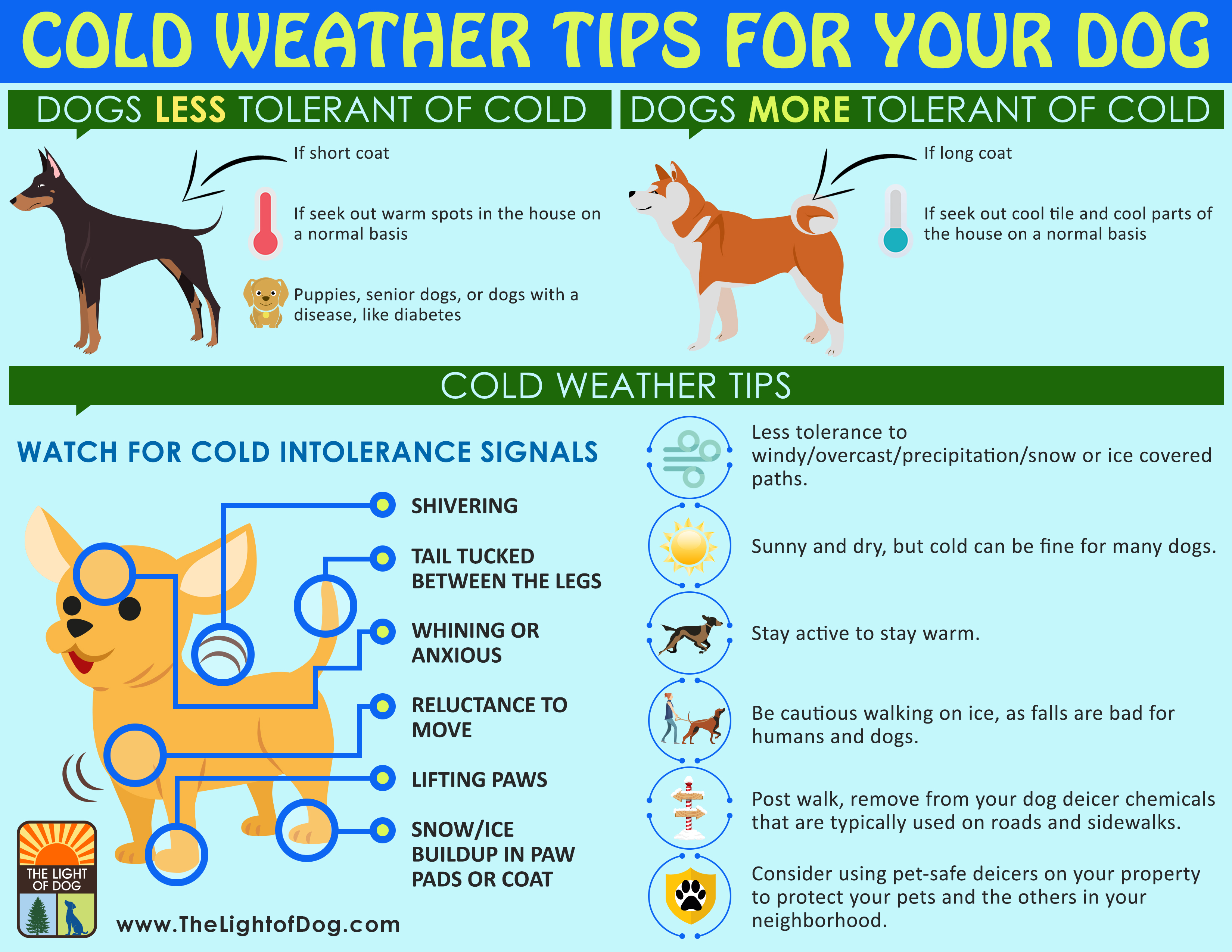


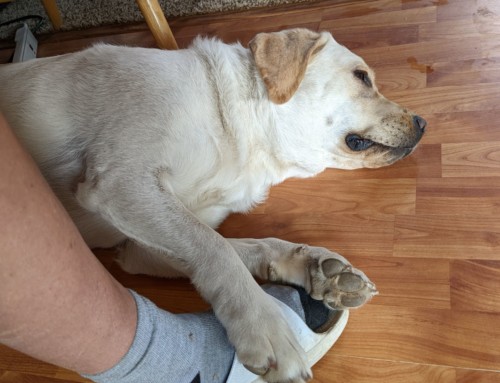
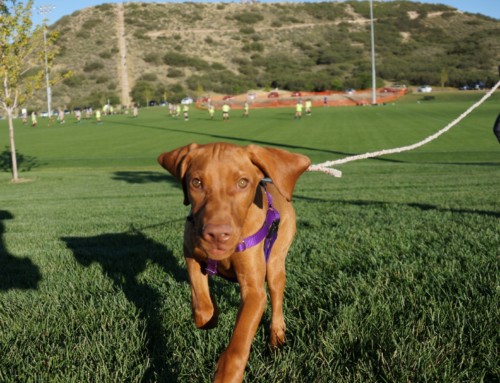

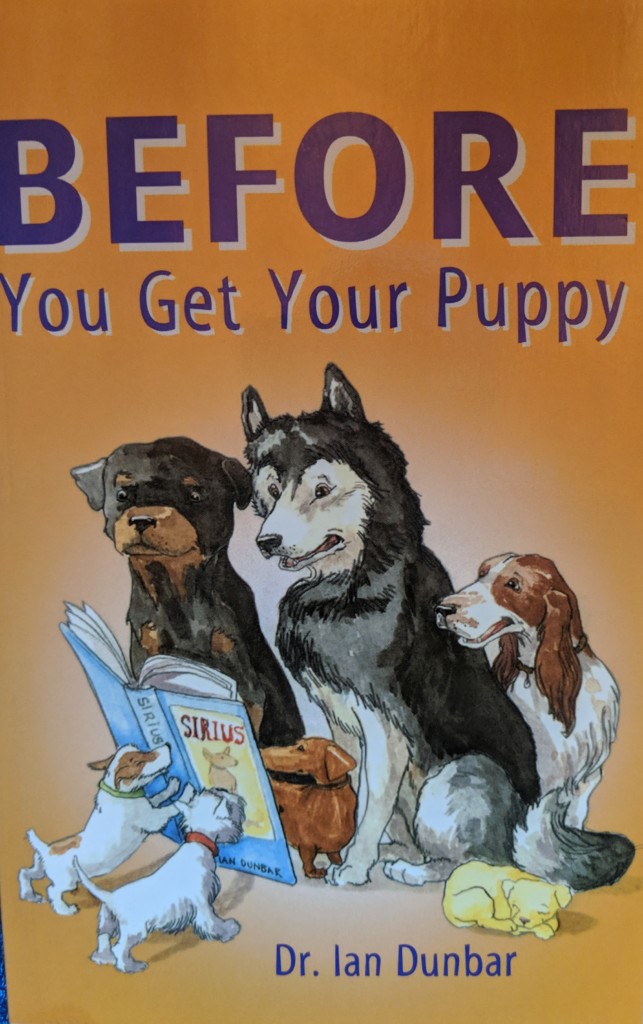

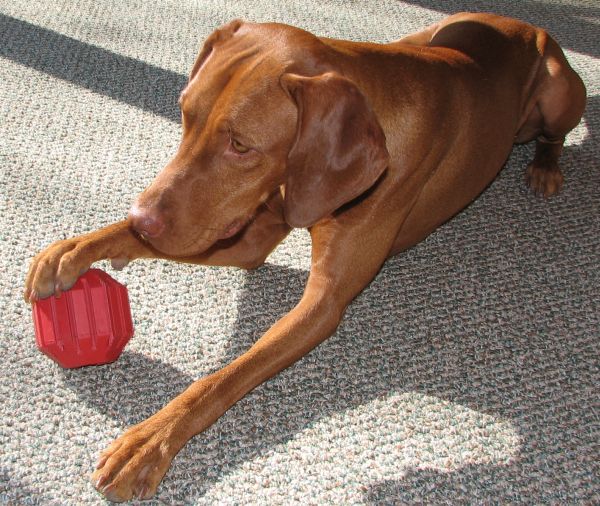
Leave A Comment